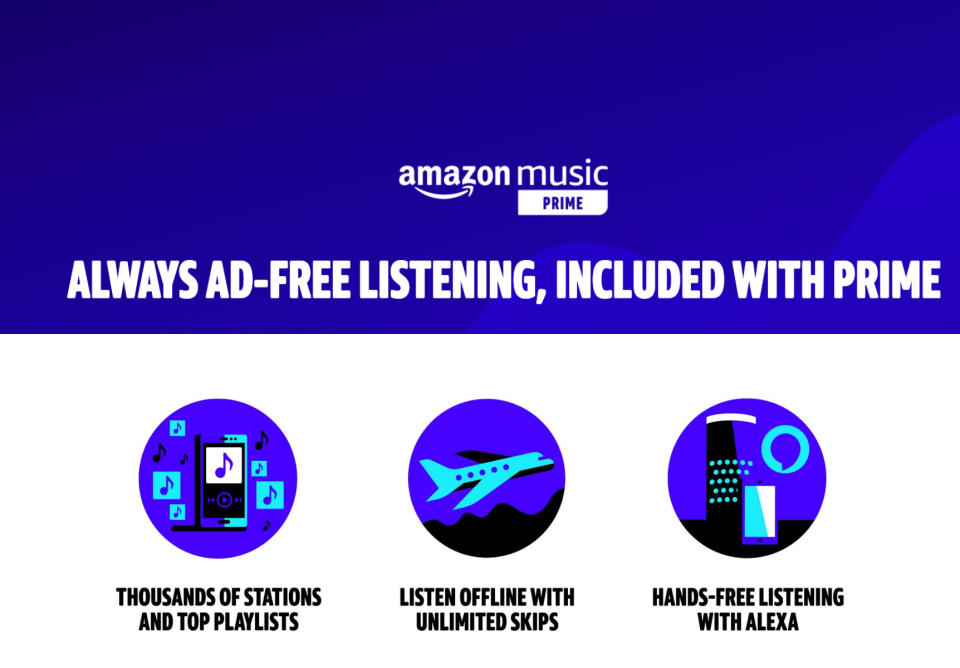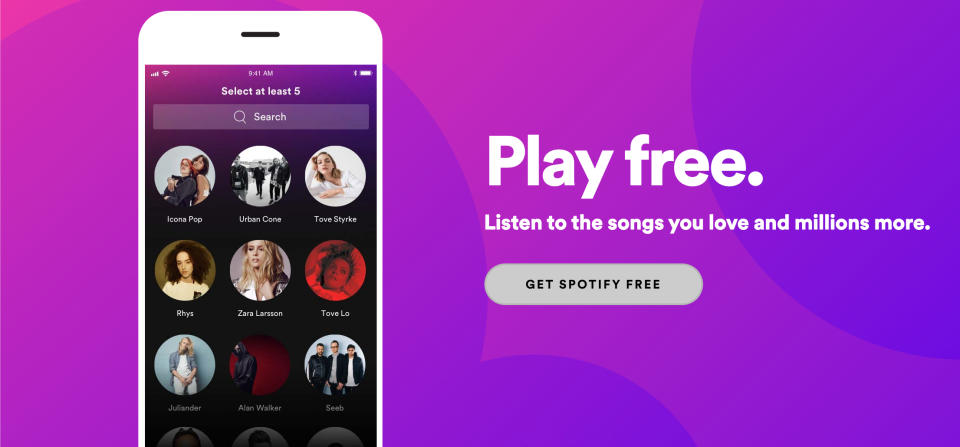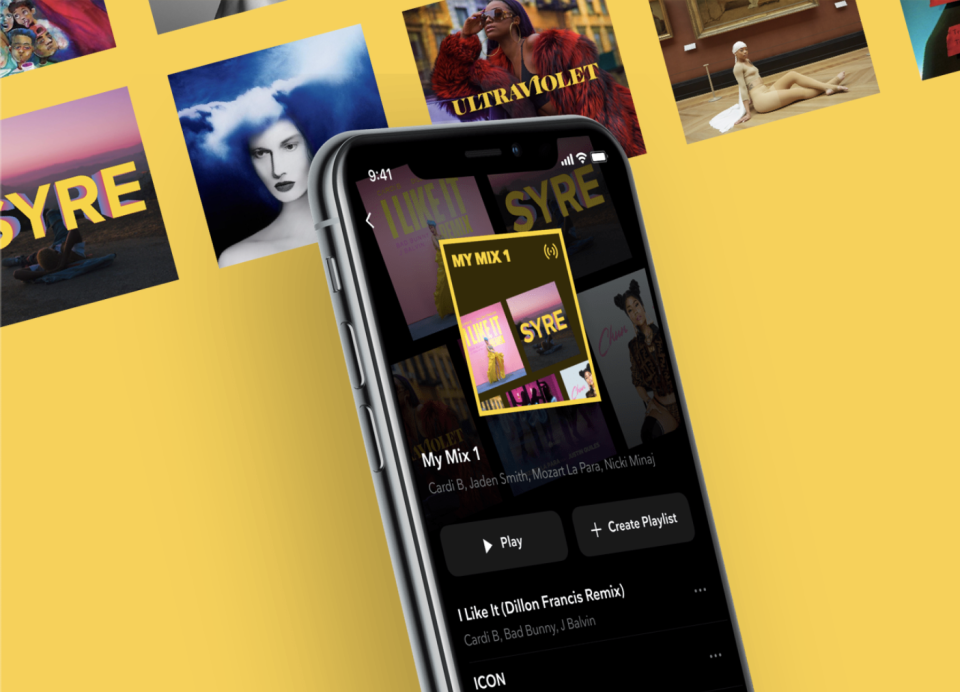We Compared Popular Music Streaming Services — These Are the Top 5 You Should Check Out

If you purchase an independently reviewed product or service through a link on our website, Rolling Stone may receive an affiliate commission.
Vinyl ruled the Sixties and Seventies, cassettes helped define the Eighties, CDs caught fire in the Nineties, and digital music stores like iTunes took over in the early aughts, but nothing has made music more accessible than the streaming services launched in the past decade.
More from Rolling Stone
Lady Gaga Unveils New Children's Book for Her Littlest Monsters
Adele Las Vegas Residency Dates 2024: Where to Find Cheap Tickets to Her Upcoming Shows
Major tech companies and startups alike are offering you access to millions of songs for the equivalent of one CD purchase per month, and the benefits are clear: easy access to a huge library of music, streaming anywhere from mobile devices, with the option to download music for offline listening, curated playlists based on your music taste, and a constant flow of new music.
All of those great features are offered by every music streaming service, though, so we’ve chosen to highlight the top five with exclusive features you’ll actually care about, based on testing each for at least one month. These services are available on computers (PC and Mac), smartphones and tablets (iOS and Android), and directly through smart speakers from companies like Sonos and Sony.
1. Amazon Music
If you’re an Amazon Prime subscriber, you get a lot more perks than just free two-day shipping, including a free subscription to Prime Music.
Prime Music has all of the major features I mentioned above with one caveat: its library “only” has a couple of million tracks. For reference, the company’s paid music subscription service Amazon Music Unlimited gives you access to a library of 60 million songs. Amazon Music Unlimited starts at $9.99 per month for Prime members, and $10.99 per month for non-Prime members.
With that restriction aside, Prime Music stacks up really well against other music streaming services. Although it’s “free,” Prime Music has no ads, offers offline listening with unlimited skips, and access to thousands of radio stations and curated playlists. Those first two features are typically only available for paid music subscription services.
If you have an Alexa-integrated speaker (we recommend the Sonos Era 100, Marshall’s Stanmore III, and the Sony SRS-RA3000 360), you can play tracks, albums, or playlists by using your voice. This feature is also available through Amazon’s own smart speaker, the Amazon Echo Studio.
Prime Music is an excellent streaming service to try if you’ve already got an Amazon Prime subscription, and want the benefits of a paid music streaming service without an additional monthly cost. If you don’t have an Amazon Prime subscription, you can sign up for a 30-day free trial to check out Prime Music for about a month to see if it’s for you.
2. Spotify
Spotify recently reported it has 551 million active users, which makes it the most popular music streaming service by several orders of magnitude. One of the reasons it’s so appealing is that the company offers a totally free tier, which is a good deal if you’ve never tried a music streaming service before.
Subscribers to Spotify’s free tier get access to the same 50 million song library, and an increasingly long list of podcasts — some of which are available exclusively through its service. Spotify has a lot going for it, but free subscribers will have to listen to an advertisement after streaming a few songs. You also can’t download tracks to your device for offline listening, so you’ll always need an active internet connection.
Those restrictions can be lifted by subscribing to Spotify Premium, which costs $10.99 per month. Spotify does offer a free three-month subscription to Premium if you’ve never checked the service out before.
Spotify has become the default option in a crowded field, and its free version is still well-worth considering if you’re deciding whether or not music streaming is for you. You’ve got nothing to lose, and always have the option of upgrading later on if you’d like.
3. Qobuz
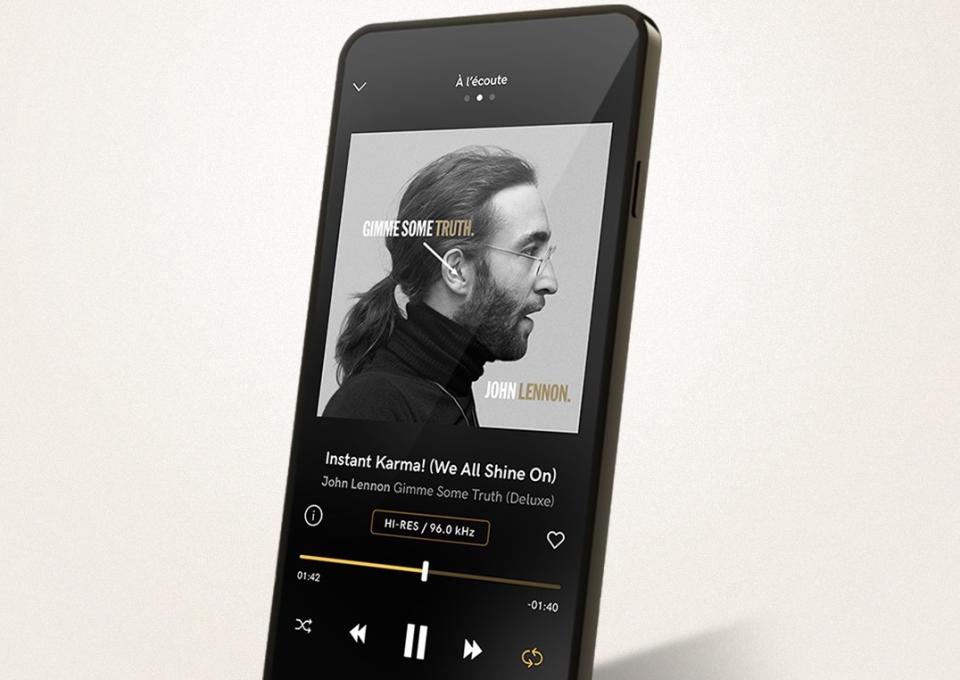
Liner notes were one of the biggest losses in the transition from vinyl and CDs to all-digital music, but Qobuz has a solution.
The streaming service offers high resolution (better than CD-quality) music, and offers apps on all major mobile and desktop operating systems. We’ve tried Qobuz for ourselves, and the selection of music is great, and the apps (Mac and iOS is what we tried) were stable and easy to use. But, the main reason to consider subscribing to this service is that some albums come with digital liner notes. They’re not available for every album, which is a shame, but a lot of recent releases come with these high resolution digital booklets.
Qobuz is also the only streaming service that offers high resolution music downloads, which you’ll own outright. Subscribers to its Sublime plan, which costs $179.99 per year (it breaks down to $14.99 per month) get up to 60% off on hi-res digital downloads from the Qobuz store, which is a perk no other streaming service can match. You can subscribe to its Studio plan for $129.99 if you pay annually ($12.99 per month), or as low as $10.83 per month for a monthly plan.
If you’re curious about the service, Qobuz offers a free 30-day trial to its Studio plan. This will give you more than enough time to check out their library and liner notes feature. If you’ve missed flipping through a booklet when listening to new music, Qobuz can satisfy that longing.
4. Tidal
One of the big knocks serious audiophiles have had with streaming services is the loss of audio quality compared to a CD, high resolution formats like SACD and DVD-A, or high resolution music files encoded in formats like .DFF, .FLAC.
Tidal changes that completely, offering an even higher-end subscription service called Tidal HiFi Plus, which allows you to stream some albums in higher-than-CD resolutions. We wrote an explainer on the differences between lossy, lossless, and high resolution music streaming, but the bottom line is that albums available as “Tidal Master”-quality will sound better than any other streamable version. We’ve had a chance to listen for ourselves, and the difference is immediately noticeable.
While a basic subscription costs $10.99 a month, Tidal HiFi Plus costs $19.99 per month, which is higher than other streaming services, but in this case you’re getting what you pay for. Tidal is offering a free trial right now, which is a great deal to get into if you want to experience the platform. One thing to consider is that you’ll need to invest in the right audio gear to take full advantage of Tidal HiFi, since wireless audio technologies like Bluetooth will compress the quality.
If you’re listening through a home theater, we recommend the Sonos Amp or WiiM Mini and Q-Acoustic’s M20 bookshelf speakers. If you’re listening at a computer or on a mobile device, we recommend AudioQuest’s DragonFly Black DAC (digital analog converter) and Bowers & Wilkins Px7 S2e heaadphones, which can be used as a wired or Bluetooth pair.
Like any audiophile endeavor, Tidal HiFi is an investment, but if sound quality is your chief concern, this is your best bet.
5. Apple Music
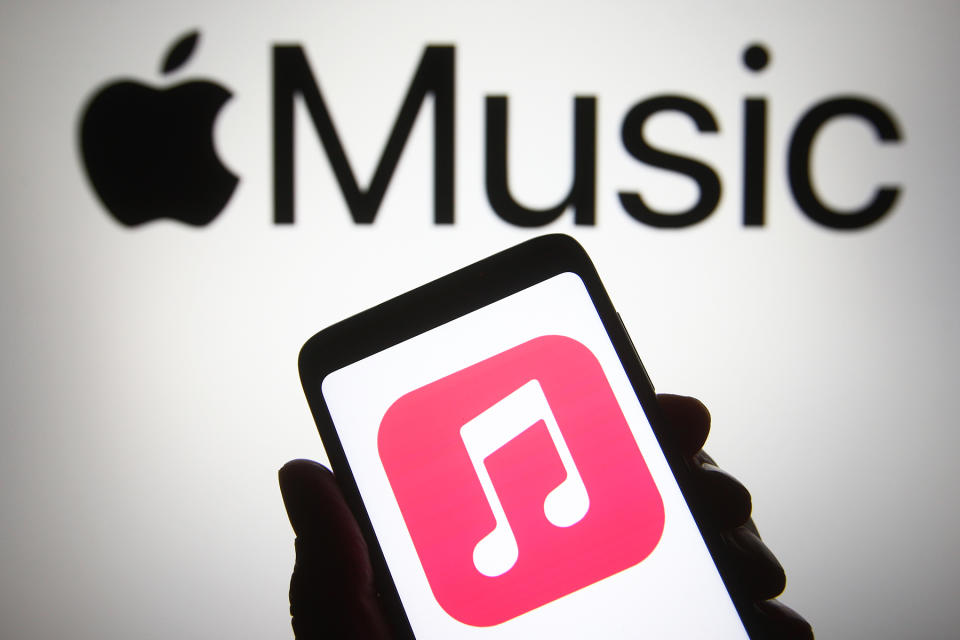
Before Tidal was launched in 2014 and subsequently acquired by Jay-Z’s Project Panther Bidco Ltd. in 2015, Apple Music was the only audiophile game in town if you wanted access to lossless audio and Dolby Atmos support at no extra cost.
At the same price as Spotify, Apple Music is still one of the only services able to offer a lot of quality bang for your buck, from hi-res tracks, to spatial audio albums, and even a new classical music app at no extra charge (not to mention giving their year-end “Replay” stats feature a major update last year that is now more similar in aesthetic to Spotify Wrapped). But more importantly, Apple boasts a catalog of over 100 million tracks, all of which are available in lossless format with audio streams at 1411 kbps. Songs in their regular format play at 256 Kbps, which won’t sound too different from Spotify’s 320 Kbps.
That being said, like most Apple products, this streaming service works best if you’ve already bought in to the Apple ecosystem — since we tested it out on an iPhone 13 and a Macbook Pro, we feel like we got the fullest experience, but lossless audio is still only available on iPhone, iPad, Mac, Apple TV 4K, and Android devices. The web player doesn’t support lossless audio, either, which can be a dealbreaker for Windows PC users.
Apple Music offers a $10.99 per month Single Membership and a $16.99 monthly Family Membership (up to six people using iCloud Family Sharing). This’ll get you ad-free music listening and music videos, offline listening, and access to Apple Music radio. They do offer a one-month trial, which is plenty of time to try before you subscribe. If you already own an Apple HomePod or Mini device, you can even play Apple Music tracks or playlists with your voice.
While it might lack some of the flashier features of Spotify (like robust social sharing options and stat-tracking add-ons), Apple users and audiophiles have plenty to enjoy here. Apple Music not only offers a wealth of discovery playlists hand-curated by musicians if you’re looking for new music, and their lossless streams are on-par with top competitors.
Best of Rolling Stone
